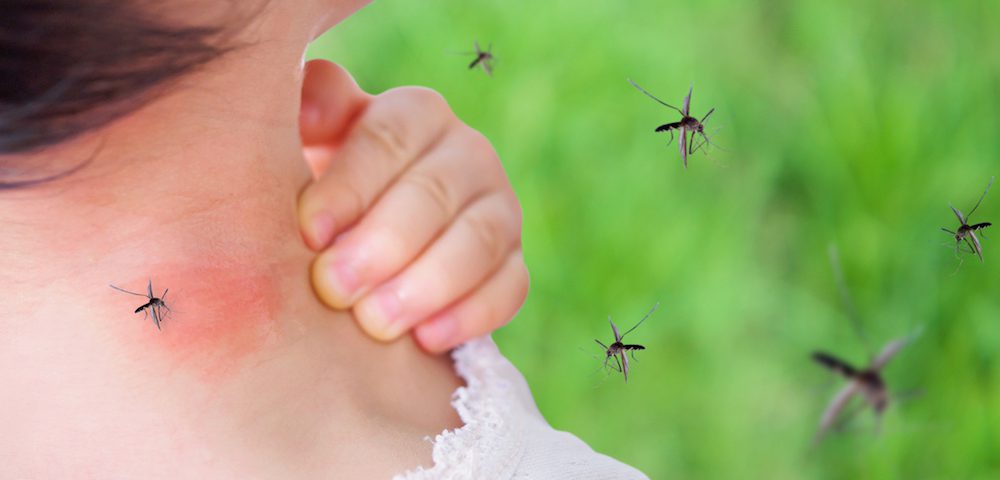
Ever been stung by a bee, wasp, ant, etc.? The pain was sharp, burned and lasted for a little while? Have you ever compared that pain to another sting you received? Well, this man did and he developed the Schmidt Pain Index.
“Enter Dr. Justin O Schmidt, a retired entomologist from Arizona. Over the years he has sampled and logged the stings from around 150 species of hymenoptera (wasps, bees, hornets and ants). He then used this information to create the definitive scale and ranking system for insect sting pain – the Schmidt Pain Index. So what possessed this apparent madman to subject himself to all this wanton pain? Well, it was all in the name of science. The initial findings were released as part of the 1983 paper; ‘Hemolytic activities of stinging insect venoms‘, and the scale finalized in ‘Hymenoptera venoms: striving toward the ultimate defense against vertebrates’ published in 1990. Basically Schmidt was interested in the relationship between the pain caused by a sting and the deterrent benefit to the insect. It was noted that these stings were far more painful than they were toxic. What was needed was an absolute scale for comparing different species,” reported Planet Deadly.
Schmidt Pain Index
Business Insider describes “the “Schmidt Pain Scale for Stinging Insects.” It’s a four-point system, with a four being most painful. The scale is anchored by the well-known sting of a honey bee (rating a two) — something people all over the world could be familiar with. To go up or down a full point, a sting has to be discernably more or less painful than the stings on another level. Half points can be used for pricks that fall somewhere between levels. Over the years, Schmidt added new species to the list. He mostly didn’t try to get stung. It just happened, more than 1,000 times, from at least 83 different species that have been evaluated on the index”.
Here are some examples of stings across the range of the scale with the pain rating by Dr. Schmidt:
Sweat bee – 1.0
Fire ant – 1.2
Bullhorn acacia ant – 1.8
Bald-faced hornet – 2.0
Yellowjacket – 2.0
Honey bee – 2.0
Red harvester ant – 3.0
Paper wasp – 3.0
Tarantula Hawk – 4.0
Bullet ant – 4.0+
The Sting of the Wild
“Entomologist Justin O. Schmidt is on a mission. Some say it’s a brave exploration, others shake their heads in disbelief. His goal? To compare the impacts of stinging insects on humans, mainly using himself as the test case.
In The Sting of the Wild, the colorful Dr. Schmidt takes us on a journey inside the lives of stinging insects. He explains how and why they attack and reveals the powerful punch they can deliver with a small venom gland and a “sting,” the name for the apparatus that delivers the venom. We learn which insects are the worst to encounter and why some are barely worth considering.
The Sting of the Wild includes the complete Schmidt Sting Pain Index, published here for the first time. In addition to a numerical ranking of the agony of each of the eighty-three stings he’s sampled so far, Schmidt describes them in prose worthy of a professional wine critic: “Looks deceive. Rich and full-bodied in appearance, but flavorless” and “Pure, intense, brilliant pain. Like walking over flaming charcoal with a three-inch nail embedded in your heel.”
Schmidt explains that, for some insects, stinging is used for hunting: small wasps, for example, can paralyze huge caterpillars for long enough to lay eggs inside them, so that their larvae emerge within a living feast. Others are used to kill competing insects, even members of their own species. Humans usually experience stings as defensive maneuvers used by insects to protect their nest mates. With colorful descriptions of each venom’s sensation and a story that leaves you tingling with awe, The Sting of the Wild’s one-of-a-kind style will fire your imagination,” describes Amazon regarding the book The Sting of the Wild.
Have some pest or termite needs? We would love to earn your business! Please let our team of professionals help you. Don’t spend your valuable time dealing with things that we can handle for you. If you’re in any of the surrounding areas, give Proactive Pest Control a call at 770-800-PEST or 770-800-7378.
Contact Us
Choose Proactive Pest Control for professional, comprehensive, guaranteed pest and lawn management. The pros at Proactive will work diligently to gain your trust, confidence, and your total satisfaction. CALL US TODAY at 770-800-PEST to schedule a free, no obligation inspection and evaluation for your home or business. Or, contact us for a FREE consultation. Let us show you why Proactive Pest Control is northeast Georgia’s first choice for pest, termite, and lawn services.